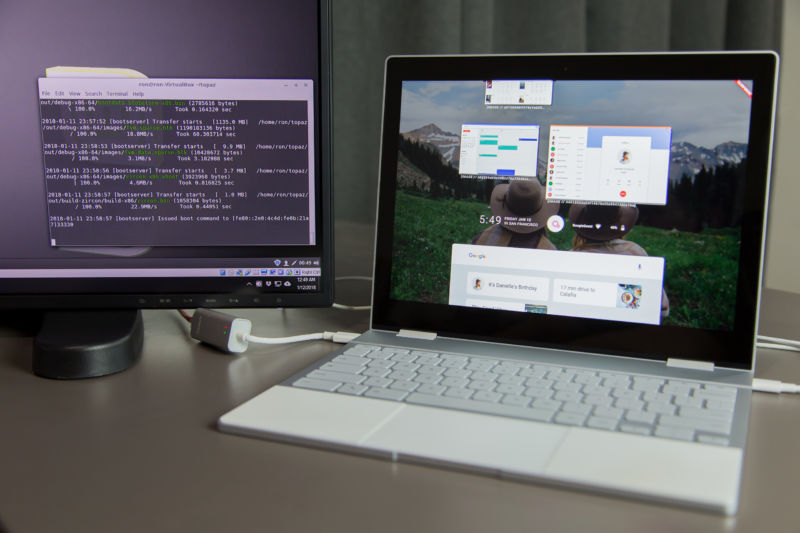Source: Slashdot
Article note: I was joking about this inevitability with various people in the days before it appeared.
Of _course_ it makes it easier to subvert the "writing formular papers about nothing" style of assignment.
Academics have been doing chatterbot fake papers for _decades_ with things like SCIgen, this just lowered the bar to entry.
Students have been writing papers so halfassed they're incoherent assemblages of phrases, or mechanically paraphrased and/or straight-up plagiarized from various sources, or similar behavior forever.
And of _course_ turnitin is building a detector to sell to scared institutions.
This is all business as usual.
Turnitin, best known for its anti-plagiarism software used by tens of thousands of universities and schools around the world, is building a tool to detect text generated by AI. The Register reports: Turnitin has been quietly building the software for years ever since the release of GPT-3, Annie Chechitelli, chief product officer, told The Register. The rush to give educators the capability to identify text written by humans and computers has become more intense with the launch of its more powerful successor, ChatGPT. As AI continues to progress, universities and schools need to be able to protect academic integrity now more than ever. "Speed matters. We're hearing from teachers just give us something," Chechitelli said. Turnitin hopes to launch its software in the first half of this year. "It's going to be pretty basic detection at first, and then we'll throw out subsequent quick releases that will create a workflow that's more actionable for teachers." The plan is to make the prototype free for its existing customers as the company collects data and user feedback. "At the beginning, we really just want to help the industry and help educators get their legs under them and feel more confident. And to get as much usage as we can early on; that's important to make a successful tool. Later on, we'll determine how we're going to productize it," she said.
Turnitin's VP of AI, Eric Wang, said there are obvious patterns in AI writing that computers can detect. "Even though it feels human-like to us, [machines write using] a fundamentally different mechanism. It's picking the most probable word in the most probable location, and that's a very different way of constructing language [compared] to you and I," he told The Register. [...] ChatGPT, however, doesn't have this kind of flexibility and can only generate new words based on previous sentences, he explained. Turnitin's detector works by predicting what words AI is more likely to generate in a given text snippet. "It's very bland statistically. Humans don't tend to consistently use a high probability word in high probability places, but GPT-3 does so our detector really cues in on that," he said.
Wang said Turnitin's detector is based on the same architecture as GPT-3 and described it as a miniature version of the model. "We are in many ways I would [say] fighting fire with fire. There's a detector component attached to it instead of a generate component. So what it's doing is it's reading language in the exact same way GPT-3 reads language, but instead of spitting out more language, it gives us a prediction of whether we think this passage looks like [it's from] GPT-3." The company is still deciding how best to present its detector's results to teachers using the tool. "It's a difficult challenge. How do you tell an instructor in a small amount of space what they want to see?" Chechitelli said. They might want to see a percentage that shows how much of an essay seems to be AI-written, or they might want confidence levels showing whether the detector's prediction confidence is low, medium, or high to assess accuracy. "I think there is a major shift in the way we create content and the way we work," Wang added. "Certainly that extends to the way we learn. We need to be thinking long term about how we teach. How do we learn in a world where this technology exists? I think there is no putting the genie back in the bottle. Any tool that gives visibility to the use of these technologies is going to be valuable because those are the foundational building blocks of trust and transparency."


Read more of this story at Slashdot.



